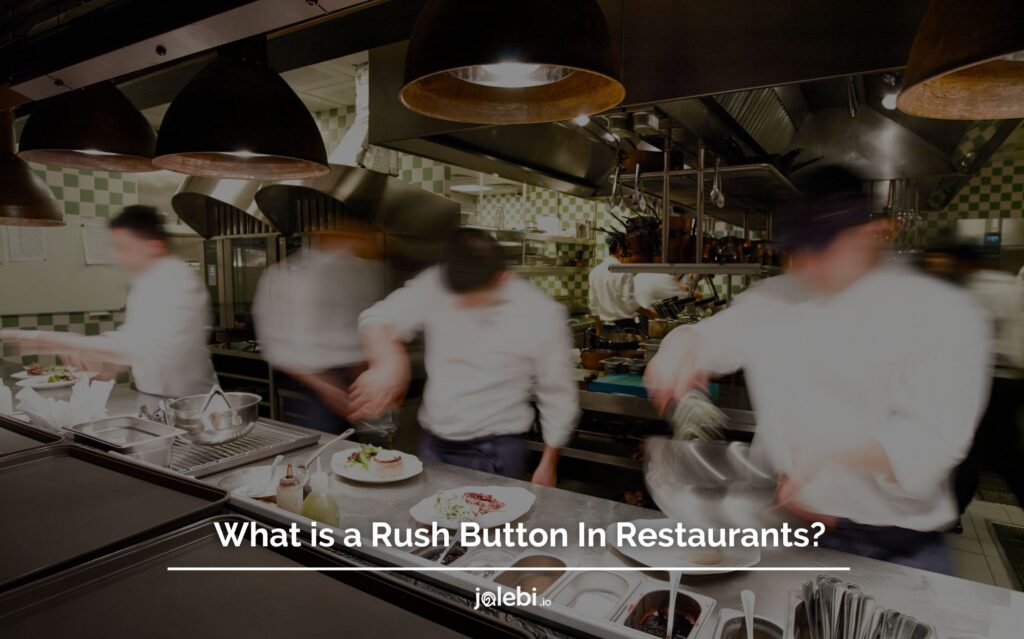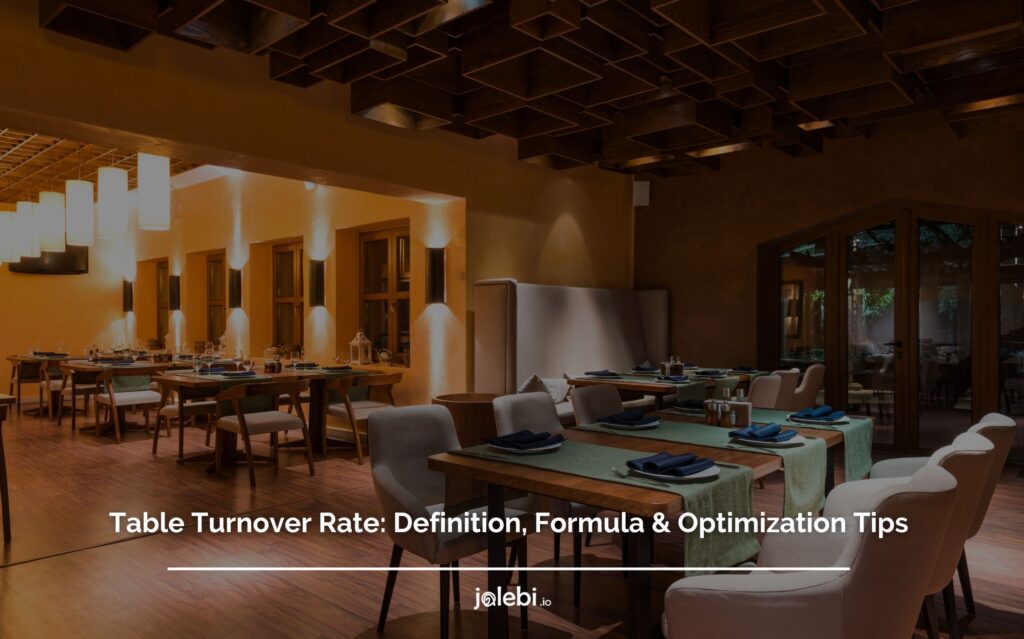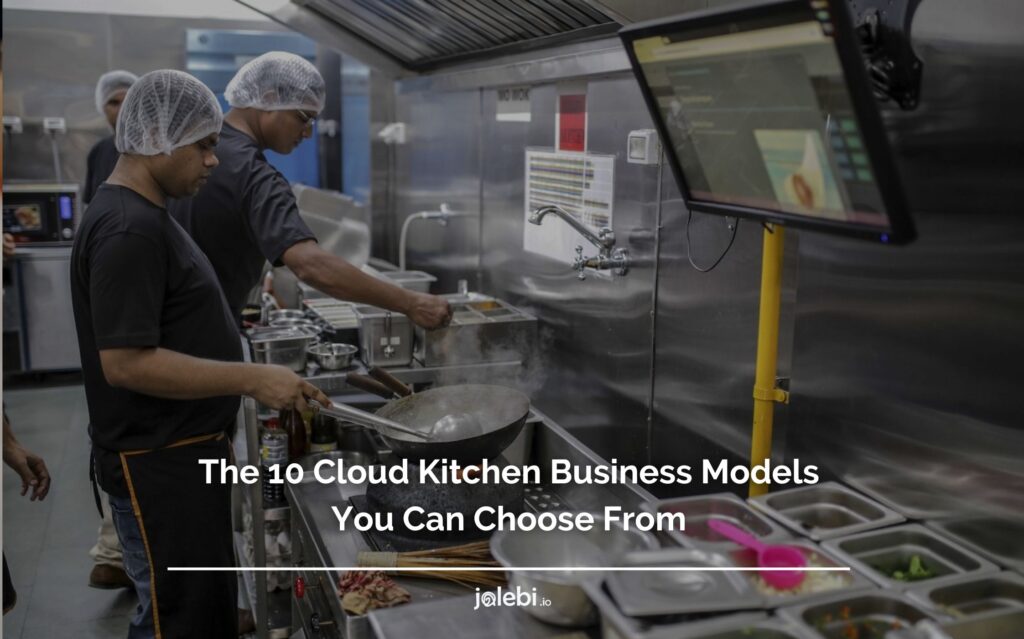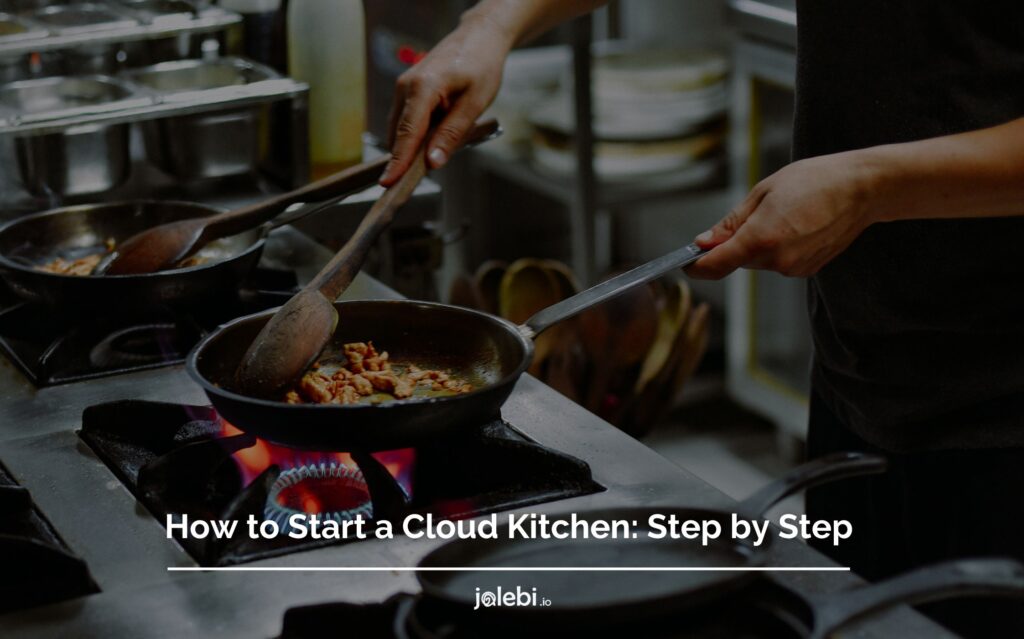Table of Contents
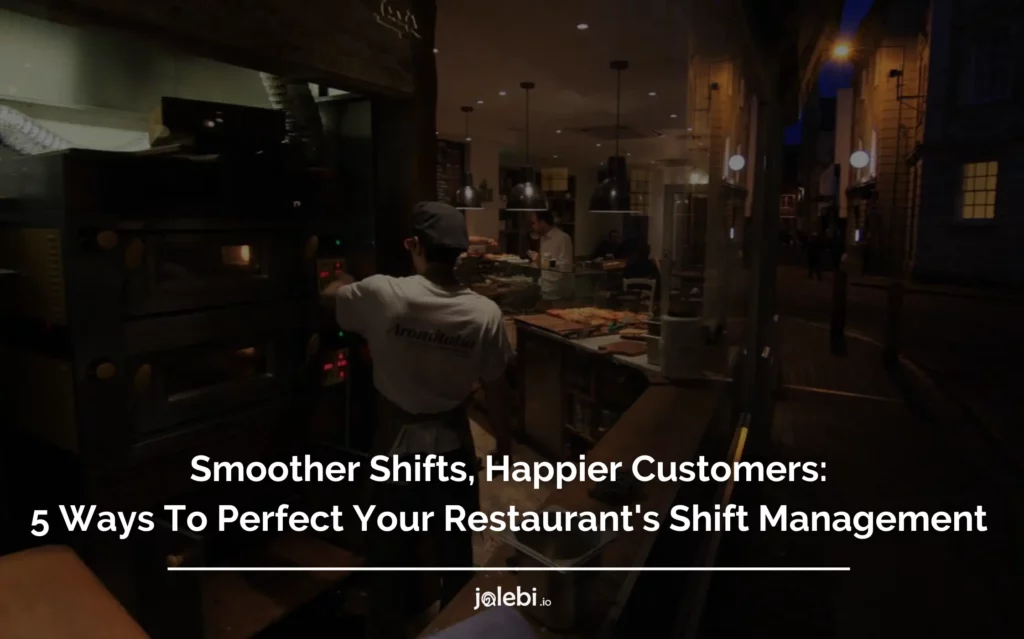
A significant portion of restaurant-goers, approximately 44%, choose to dine out at least once a week or even more frequently.
As a restaurant owner or manager, you know that a well-organized shift can make all the difference in delivering exceptional dining experiences.
From efficient coordination among staff members to seamless transitions between shifts, effective restaurant shift management is crucial for ensuring customer satisfaction and maximizing operational efficiency.
In this blog, we will explore five proven strategies to help you perfect your restaurant shift management.
Whether you’re a seasoned restaurant professional or a newcomer to the industry, this blog is your go-to resource for enhancing your restaurant shift management practices.
Get ready to unlock the secrets to smoother shifts and happier customers, leading to increased productivity, customer loyalty, and ultimately, success in your restaurant business.
An Introduction To Restaurant Shift Management
Restaurant shift management refers to the process of effectively organizing and overseeing the various shifts within a restaurant.
It involves scheduling and coordinating staff members to ensure smooth operations and optimal customer service during different periods, such as breakfast, lunch, and dinner.
Shift management encompasses tasks such as creating restaurant shift schedules, assigning roles and responsibilities, monitoring employee attendance, and facilitating smooth transitions between shifts.
It also includes managing employee breaks, ensuring proper staffing levels based on anticipated customer demand, and handling unexpected changes or emergencies that may arise during a restaurant shift schedule.
Important Of Shift Management For Restaurants
Shift management plays a vital role in the success of any restaurant. It is the key to maintaining operational efficiency, ensuring smooth transitions between shifts, and delivering exceptional dining experiences.
Let’s explore the top reasons why shift management is important for restaurants.
- Seamless Operations
Well-organized shift management ensures a seamless flow of operations within a restaurant.
It ensures that the right number of staff members are available during busy periods, minimizing wait times and providing prompt service to customers.
- Optimal Staffing Levels
Through effective shift management, restaurants can accurately determine the appropriate number of employees required for each shift.
This helps avoid understaffing, which can lead to overwhelmed employees and compromised service, or overstaffing, which can increase labor costs unnecessarily.
- Enhanced Customer Service
Proper shift management enables restaurants to deliver exceptional customer service consistently.
With well-trained and well-coordinated staff, customers can expect attentive and efficient service, resulting in improved satisfaction and loyalty.
- Smooth Transitions
Shift changes can often be challenging, but with effective shift management, these transitions become seamless.
Clear communication, proper handovers, and documented procedures ensure that incoming staff members are well-informed and prepared to continue operations without disruption.
Top 5 Ideas To Ensure Smooth Shift Management In Restaurants

Efficient shift management is crucial for the success of any restaurant. It involves careful planning, communication, and the implementation of effective strategies to ensure smooth operations and maximize customer satisfaction.
In this section, we will explore five key ways to perfect your restaurant’s shift management and increase customer satisfaction.
1- Clear Communication
Establishing clear and open lines of communication is vital for effective shift management.
Ensure that all staff members are well-informed about shift schedules, responsibilities, and any updates or changes.
Regularly communicate expectations, provide constructive feedback, and share important information with the team.
Encourage active listening and feedback mechanisms to foster a cohesive and engaged workforce.
2- Smart Scheduling Techniques
Utilize data-driven insights and historical trends to create efficient and balanced schedules.
Consider factors such as customer demand, employee availability, and skill sets when deciding a schedule for restaurants.
Optimize shift durations and rotations to avoid staff fatigue and maintain optimal staffing levels during peak hours.
Implement flexible scheduling options to accommodate staff preferences and promote a healthy work-life balance.
jalebi’s comprehensive restaurant management platform offers a range of powerful features, including the ability to effectively implement smart scheduling techniques.
With our platform, you can optimize your restaurant’s shift management by harnessing data-driven insights and advanced scheduling functionalities.
3- Technology Integration
Embrace technology tools and software to streamline restaurant shift management processes.
Implement online scheduling platforms that automate shift assignments, allow for easy shift swaps, and provide real-time visibility to the entire team.
Use time-tracking systems to accurately record employee hours and facilitate payroll processes.
Leverage communication apps to enable instant messaging and quick dissemination of information among staff members.
With jalebi’s advanced shift management feature, you can revolutionize the way your restaurant handles transitions between restaurant shifts.
Our platform provides efficient staff coordination tools that ensure a seamless handover process, maximizing operational efficiency and customer satisfaction.
4- Training and Empowerment
Invest in comprehensive training programs to equip your staff with the necessary skills and knowledge for their roles during restaurant shifts.
Provide ongoing training opportunities to keep them updated on industry trends and best practices.
Empower employees by delegating responsibilities and allowing them to make decisions within their scope of work.
This fosters a sense of ownership and accountability, leading to increased efficiency and job satisfaction.
5- Positive Work Environment
Cultivate a positive and inclusive work environment that promotes teamwork and employee well-being.
Encourage open and transparent communication channels where staff members can express their ideas, concerns, and suggestions.
Recognize and reward employees for their hard work and accomplishments. Address conflicts or issues promptly to maintain a harmonious work atmosphere.
A positive work environment boosts staff morale, productivity, and ultimately enhances the overall dining experience for customers.
By implementing these strategies, you can optimize your restaurant’s shift management, resulting in smoother operations, happier customers, and a more successful dining establishment.
Streamline Restaurant Shifts and Boost Customer Satisfaction with jalebi

Running a successful restaurant requires efficient operations and ensuring customer satisfaction.
One crucial aspect of achieving these goals is effective shift management. Fortunately, jalebi offers a powerful shift management feature that can transform the way you run your restaurant.
By leveraging jalebi’s innovative platform, you can streamline your operations, enhance staff coordination, and ultimately elevate the dining experience for your valued customers.
Why Choose jalebi?
- Streamline Shift Transitions
Smooth transitions between shifts are vital for maintaining a seamless flow of operations in your restaurant.
With jalebi’s shift management feature, you can bid farewell to the chaos and confusion during shift changes.
The platform provides efficient tools for staff coordination, enabling seamless handovers and ensuring that important information is effectively communicated.
By reducing the time and effort spent on shift transitions, you can focus more on delivering exceptional service to your customers.
- Optimize Staff Scheduling
Smart scheduling is a game-changer when it comes to managing your restaurant’s workforce. Jalebi’s shift management feature offers data-driven insights and advanced scheduling functionalities.
By analyzing key metrics such as customer demand and employee performance, you can create optimized schedules that ensure the right staff members are in place at the right time.
This allows for efficient coverage during peak hours, reducing wait times and ensuring a positive dining experience for your customers.
Final Thoughts
In a competitive restaurant industry, streamlining operations and prioritizing customer satisfaction is paramount.
Remarkably, a staggering 45% of individuals dine out multiple times per week, while an additional 20% indulge in dining out once a week.
These statistics highlight the significant demand and opportunity for restaurants to provide exceptional experiences and exceed customer expectations.
jalebi’s restaurant shift management feature offers a comprehensive solution to help you achieve these goals.
By leveraging this innovative platform, you can streamline shift transitions, optimize staff scheduling, empower your team, and foster effective communication.
With jalebi, you can take your restaurant operations to new heights and create memorable experiences that keep your customers coming back for more. Contact us today for more information and details!
Frequently Asked Questions
- How can restaurant operations be improved?
Firstly, optimizing the workflow and layout of the restaurant can enhance efficiency. This includes designing a logical and streamlined floor plan, organizing the kitchen for smooth operations, and strategically placing key service stations.
Secondly, implementing effective inventory management systems can minimize wastage and control costs. Accurate inventory tracking, regular audits, and forecasting demand can help optimize stock levels.
Lastly, investing in staff training, fostering clear communication, and emphasizing teamwork can enhance overall operations by ensuring a cohesive and motivated workforce.
- How can I improve my waiter?
To improve a waiter’s performance, several areas can be focused on.
Comprehensive training programs can provide them with the necessary skills, product knowledge, and service techniques to excel in their role.
This includes training in menu descriptions, wine pairing suggestions, and customer service etiquette.
Additionally, ongoing coaching and feedback can help them refine their skills and identify areas for improvement.
Encouraging attentiveness, promptness, and the ability to anticipate guests’ needs is essential.
Empowering waitstaff to make decisions and take ownership of their tables can also improve their performance.
Providing them with the necessary tools, such as handheld devices for order taking and digital menus, can enhance their efficiency and accuracy.
Ultimately, fostering a positive work environment, recognizing their achievements, and incentivizing exceptional service can boost waiter performance.
- What factors contribute to the success of a restaurant?
Several factors contribute to the success of a restaurant.
First and foremost, offering high-quality and delicious food is paramount. Consistency in taste, presentation, and portion sizes is crucial to satisfy customers and build a loyal following.
Additionally, exceptional customer service plays a significant role. Friendly and knowledgeable staff who deliver attentive service can leave a lasting positive impression.
Creating a welcoming ambiance through appropriate decor, lighting, and music is important to enhance the overall dining experience.
Effective marketing and branding efforts, such as a strong online presence, positive reviews, and targeted promotions, can attract new customers and generate repeat business.
Finally, understanding and catering to the target audience’s preferences, adapting to evolving food trends, and maintaining competitive pricing can help a restaurant stand out and thrive in a competitive market.




